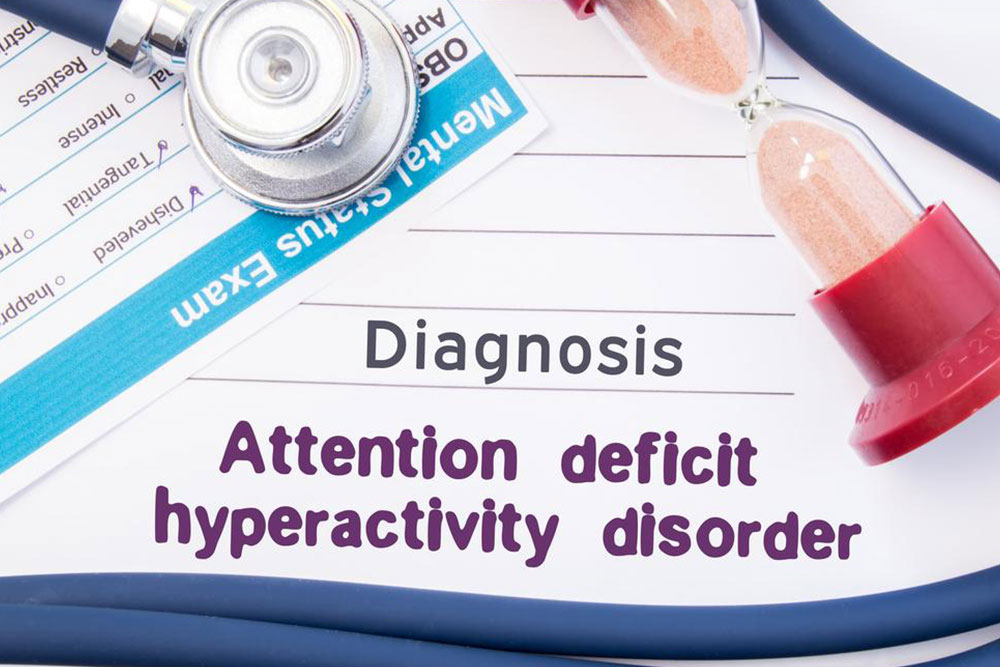Recognizing and Preventing Concussions: Key Warning Signs
Learn to recognize the signs of concussions to ensure prompt treatment and safety. The article covers the three levels of concussion severity, symptoms to watch for, and preventive tips to reduce risks. Early detection and immediate medical attention are crucial, especially for severe cases that involve unconsciousness. Wearing safety gear and staying alert during high-impact activities can help prevent concussions. Understanding these warning signs empowers individuals to act quickly, minimizing potential health complications.

Recognizing and Preventing Concussions: Key Warning Signs
A concussion results from a sudden impact to the head, affecting brain function. While often mild, concussions are classified into three levels, with the third indicating a potentially severe brain injury requiring urgent medical care.
Assess the severity by observing symptoms:
Level 1 concussion: Mild, with symptoms lasting less than 15 minutes and no loss of consciousness.
Level 2: Moderate, symptoms persist over 15 minutes but no unconsciousness.
Level 3: Severe, which may involve brief or prolonged unconsciousness and warrants immediate medical attention.
Prompt medical evaluation is necessary if a third-degree concussion occurs. Although usually harmless, concussions can be serious, especially if symptoms are ignored. Monitoring bodily signals helps in early detection and management.
Identifying concussion symptoms can help in timely diagnosis and prevention. These signs often don’t appear immediately and may develop days after injury, including:
- Feeling dazed or confused
- Lack of coordination
- Nausea or vomiting
- Speech difficulties
- Blurred vision
- Sensitivity to noise and light
- Ringing in the ears
- Sudden personality or behavior changes
- Reduced concentration
- Memory loss
- Disorientation
Dealing with a concussion is manageable with prompt medical care. Prevention involves avoiding activities like driving or riding if symptoms are present. Wearing helmets and seat belts enhances safety, and remaining calm can help manage symptoms. Remember, most concussions recover quickly, but caution is essential.
Note: Our blog provides practical information across various topics. The content is based on research and should not replace professional medical advice. We disclaim liability for inaccuracies and do not cover all available schemes or offers.






